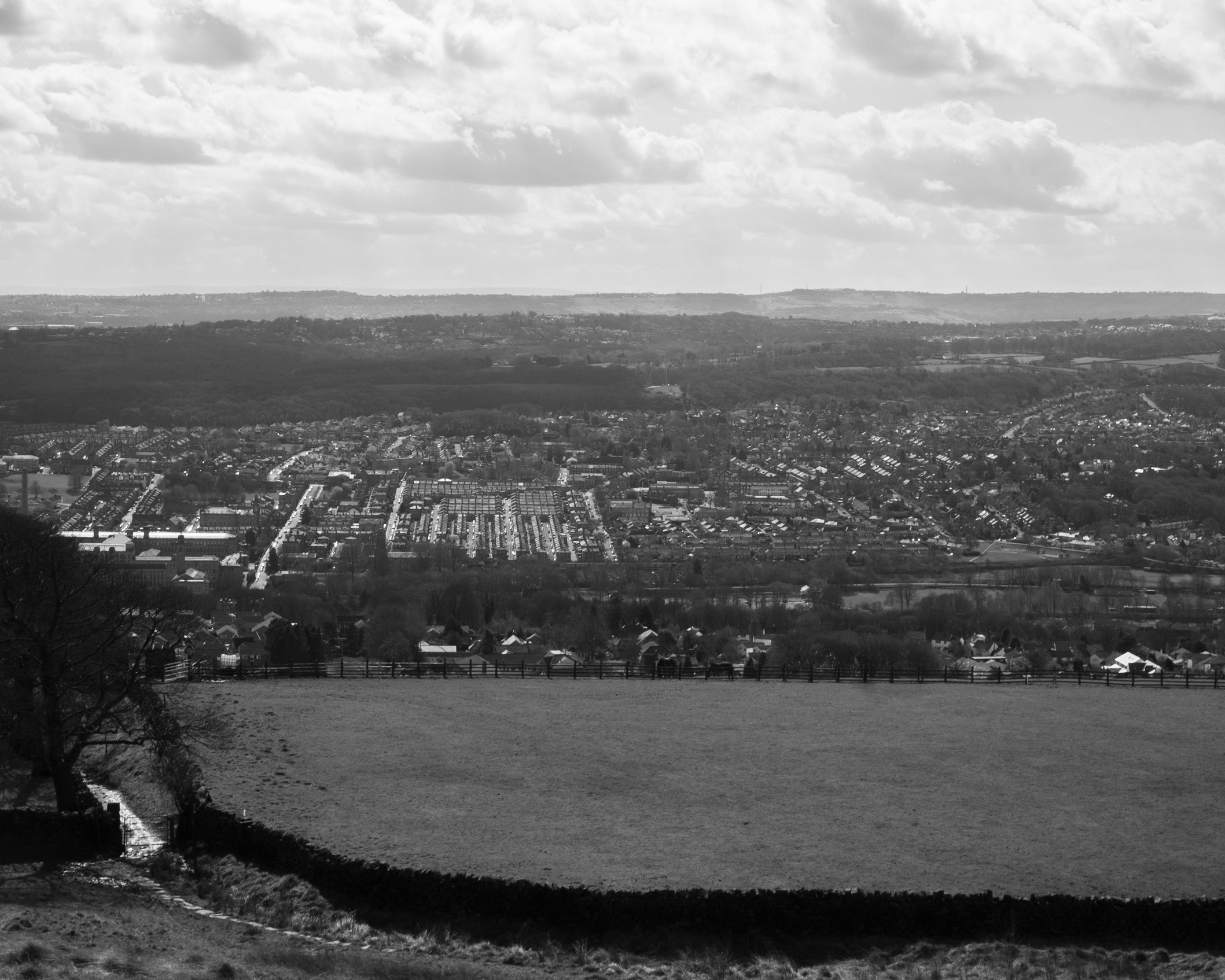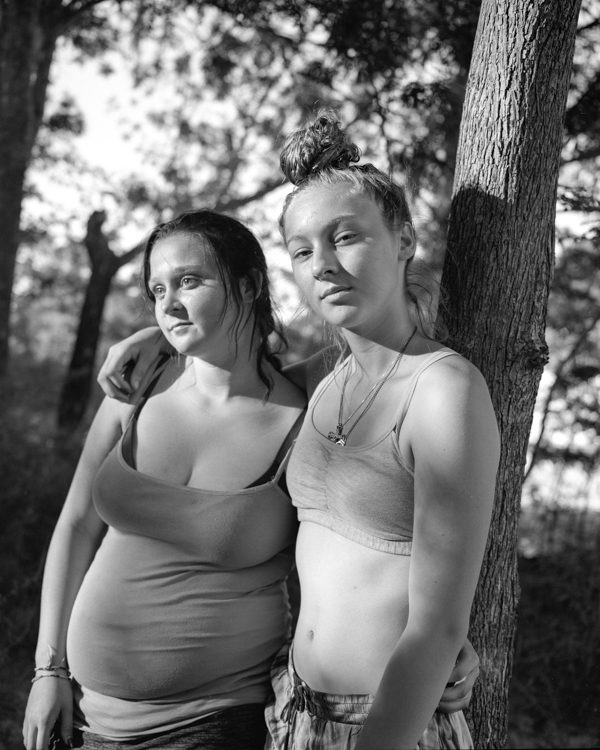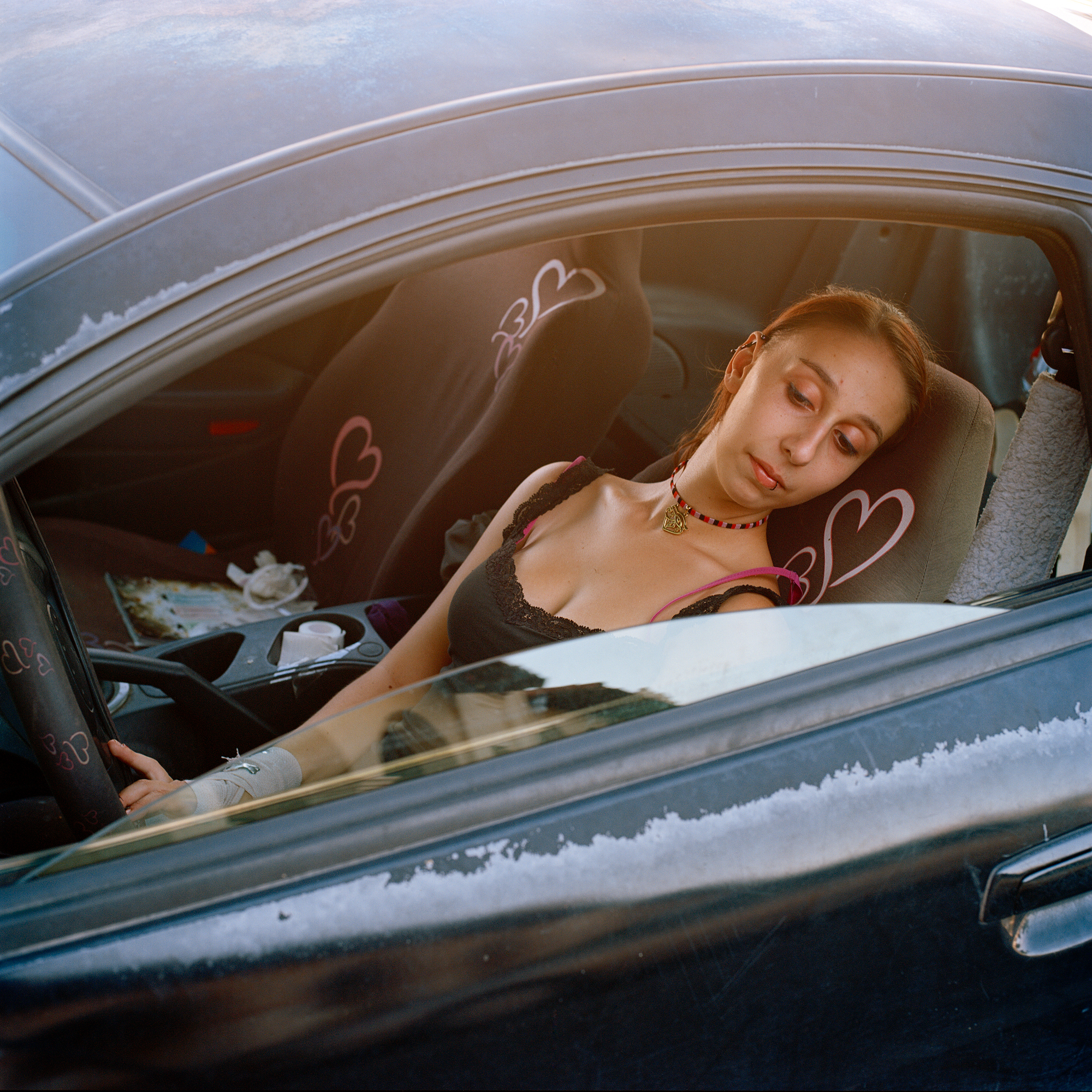Andy Abbott is hard to pin down - with music blurring into a wider art and arts organisational practice, all approached through the same themes, notions and desires. Where his musical output began in noise rock, through bands including That Fucking Tank, it now occupies a space somewhere closer to instrumental folk and experimental ambient music. We went for a walk to the Bell Pits on Baildon Moor, where Andy has recorded previously.
Landscapes and space form quite a distinct part of your output, why do you think that is?
So I think even [That Fucking] Tank was a site-responsive practice in many ways. It was based initially on what spaces and venues we were playing, and being able to create a big sound with a minimal amount of resources. Tank was designed so that all we needed from the venue was a plug socket. I would play guitar through guitar and bass amps, and James only played a stripped-down drum kit - bass drum, snare and cymbals. This meant that we didn’t need to use a PA for vocals or anything like that, and wouldn’t be at the mercy of a sound engineer. We could play house gigs, squats, informal spaces - wherever there was a bit of room and some power.
With my acoustic solo stuff [under the name Andrew DR Abbott] I guess it came from thinking about what are the spaces I like to be in now, and what music can I play that would fit into those spaces? I was never like, ‘Oh, I’m going to write an album about the hills and the like’, but it definitely exists in the background - fingerstyle acoustic guitar is pretty evocative of rural spaces. Alongside Tank I was creating solo bedroom recordings and releasing them as these fake live albums. With those the relationship to place was made explicit through the track titling, or the narrative of the liner notes. I started to use ambient sounds and field recordings in that music too, that would sit behind the guitar and add texture. I realised that this music was reminiscent of where I grew up in Derbyshire, and the connections between there, Bradford, and the Calder Valley. Postindustrial landscapes, steep valleys, and this mixture of being isolated and connected.
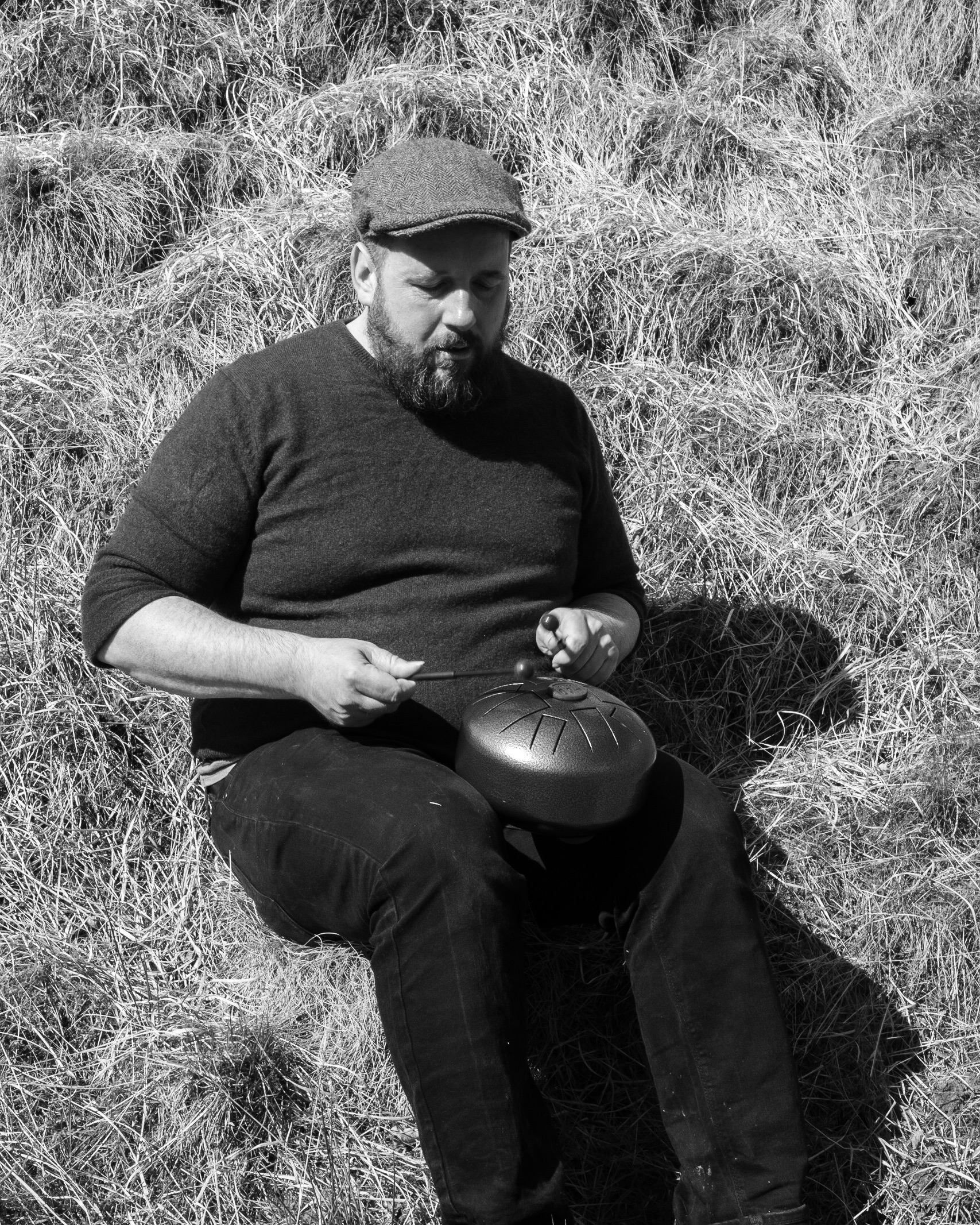
Could you describe where we are now and what you did here? (Baildon Bell Pits)
So, these Bell Pits are the remnants of early pre-industrial forms of mining, where the ground has collapsed at the shaft entrance to form these large pits that have then grown over with grass. When you go down into them, the acoustics are incredible because they just cut out external noise - like being in a very well-soundproofed room. During my PhD I got interested in the potential of spare time activity and what happens if you reframe a walk like this as an artistic activity or research. I came across this subfield of study called ‘geomusicology’ the classic example of which is the link between heavy metal and industry: how a lot of heavy metal at the start in the 1970s came from Birmingham, and in interviews the musicians would talk about how it was a subconscious channelling of the sounds and processes of the industrial landscape and the foundries.
It got me thinking about the relationship of the Bell Pits to industry, but also that we don’t know what music during the mediaeval period (when these pits were formed) really sounded like. The work I made was a tongue-in-cheek reimagining of that - I asked a choir to reinterpret Judas Priest’s Breaking the Law as Gregorian Chant, and a lute player to recreate Black Sabbath’s Iron Man from sightreading tablature written in this early music form of notation. These pieces were then performed in the Bell Pits, and the video documentation was shown in an exhibition as PSL in Leeds in 2012.
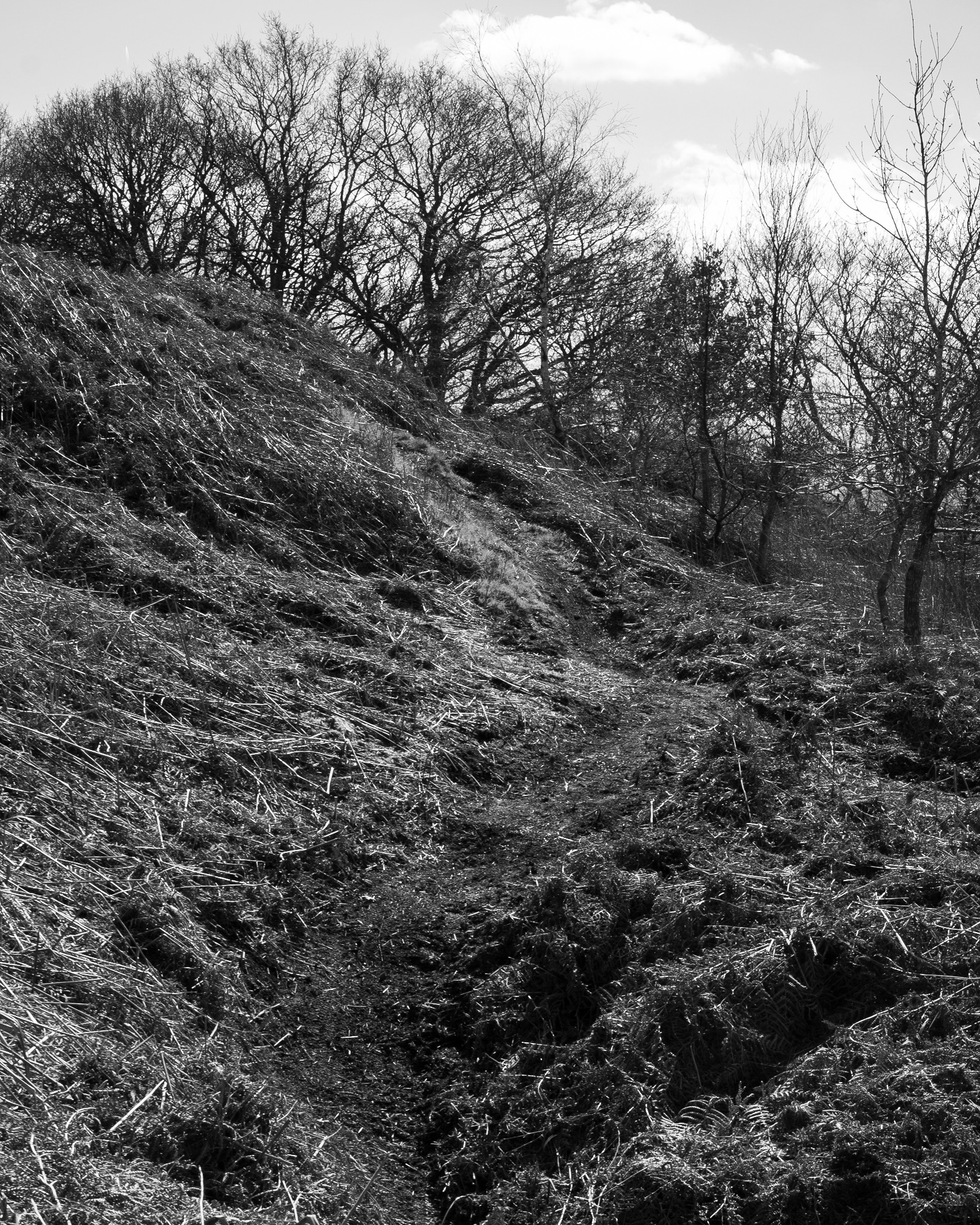
You’re involved with lots of different things, and music seems to form around a third of a broader ‘practice’. How did you transition from That Fucking Tank through to what you’re writing now?
Like I say That Fucking Tank was born out of a desire to be able to play in weird and informal spaces. But after we’d been going for five or ten years we started being asked to play bigger venues. I loved being able to do that, and we were very lucky, but it had drifted away from our original mission of being able to do something in a working men’s club or function room of a pub or squat and I had to ask myself, ‘if I wasn’t playing, would I be at this gig?’. I guess from that I started to write acoustic music that would fit the spaces I liked being in now - occupying smaller quieter spaces like beer shops, libraries, community centres, galleries and gardens. That said, a few weeks ago I did get the amplifiers out again (for my upcoming record), and I was basically crying with joy: ‘I’ve missed it, I love being deafened!’
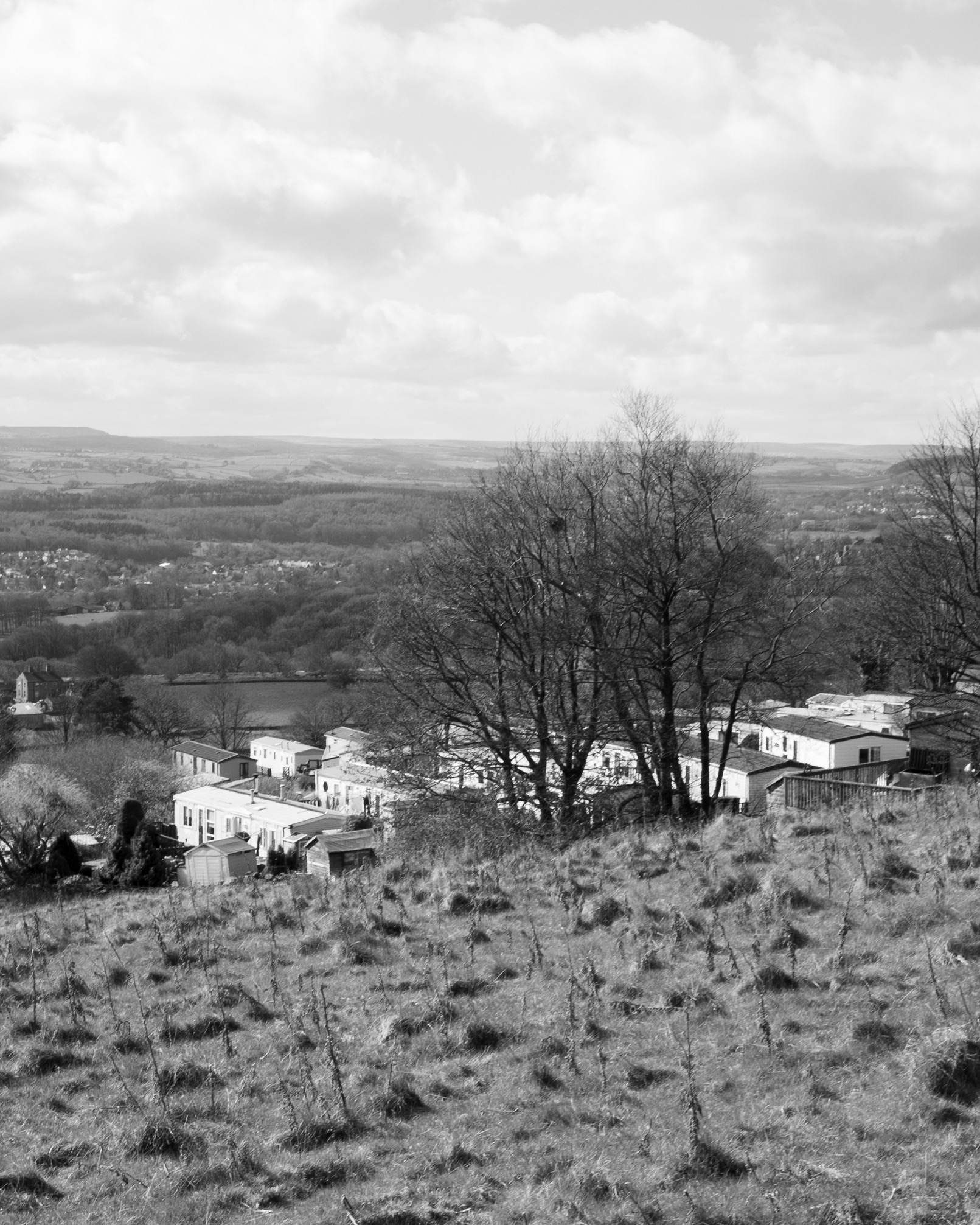
What about your new record, which was recorded at Yorkshire Sculpture Park?
I was asked if I wanted to release something for this label that specialises in short-run lathe-cut records called Reverb Worship. I’ve now done two albums and an e.p of acoustic music as Andrew DR Abbott and thought this might be an opportunity to do something a bit different. So the record is released under the name ADRA which I use for my more improvised and experimental stuff and is a 13-minute piece written for double-neck guitar, three amplifiers and lots of effects pedals. I worked with Joe Osborne who specialises in location recording. We worked on the Live From Clover Hill record together which was recorded in St John the Evangelist Church in Upper Denby. I asked Joe if he had any ideas for other interesting spaces to record in and he had recently been to the Yorkshire Sculpture Park, and mentioned the chapel there as a possible space. We managed to get permission to record there for two days between exhibition instals and it’s incredible. It’s got something like seven seconds of reverb, so it's very different playing the piece in the chapel to when I’d been writing it in a bedroom. And that’s part of what attracts me to recording in these locations - there’s this unrepeatable chance element where you can’t quite control everything like you might in a studio. So in that sense it becomes more of a collaborative process with the space and the engineer. It’s somewhat reflective of my art practice: a sort of open-ended process that embraces the messy unpredictable side of collaboration.



Andy’s new album, The Book of Machines (Parts I and II), is available here.
You can find more of Andy’s work at -
Website: andyabbott.co.uk; Instagram: @zadanzig; Twitter: @zadanzig
Photography: Wes Foster
